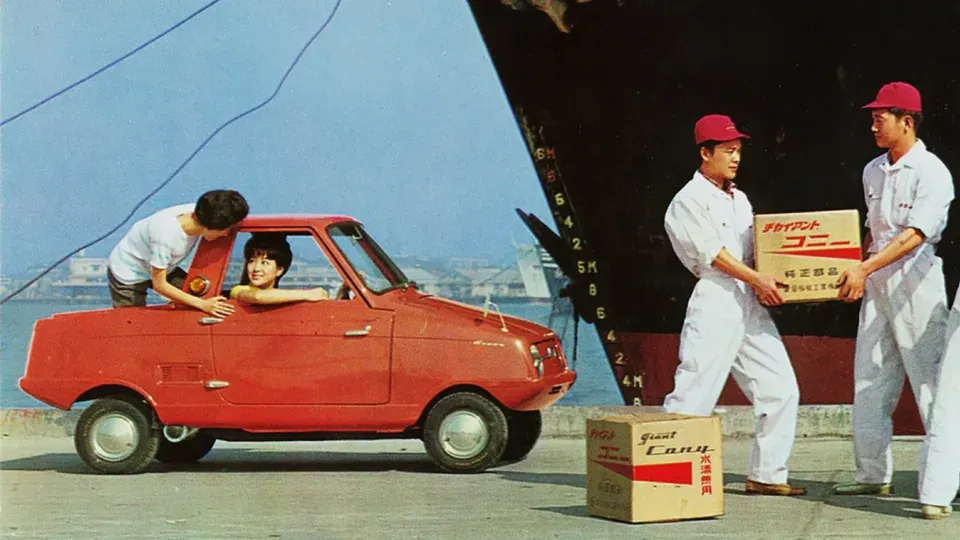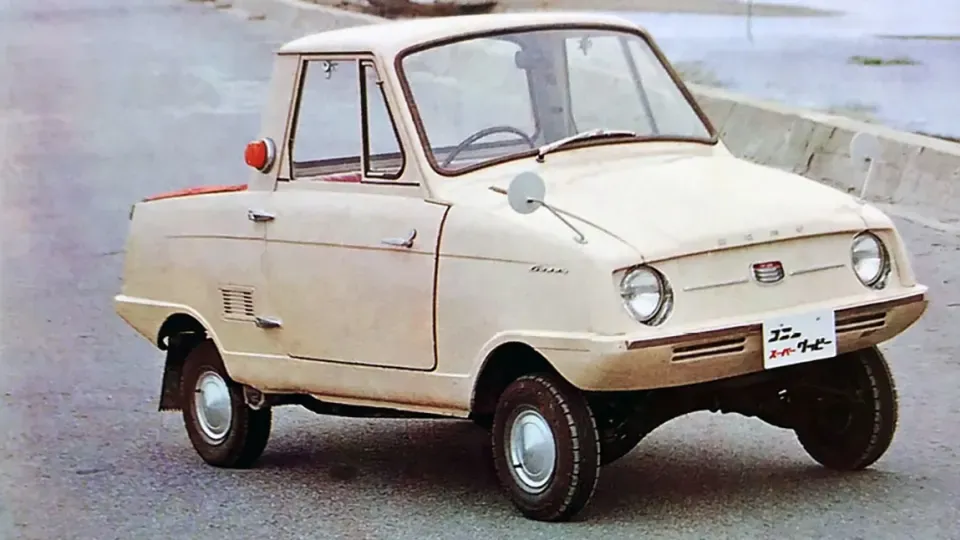You've probably never heard of Cony Guppy, and that's okay. After all, only about 5,000 copies for the Aichi Machine Industry Co. Ltd. between the years of 1961 and 1962, which makes this pickup extremely rare. Unfortunately, the Guppy never arrived in Brazil.
But what exactly is the Cony Guppy? First of all, it's small, really tiny. With only 2565 mm long, 1265 mm wide and a height of mere 1290 mm, O Guppy was a real microcar. To contextualize, the Mini original, another compact icon, was considerably larger than the Guppy, with 3054 mm long, 1422 mm wide It is 1397 mm high. O Mini also weighed more than twice as much: 590 kg against the 290 kg of Guppy.
What makes the Cony Guppy really special is the fact that he is a utility vehicle, one cargo pickup in the most traditional format. And he is possibly the smallest pickup truck in the world, an ingenious and practical solution to deal with the growing demands for compact vehicles on narrow streets and tight parking spaces.
The modest engine and its capabilities

Although it may seem rudimentary, the Cony Guppy it was a machine ingenious for the time. Equipped with a small engine 199 cc, a cylinder It is two times, it produced a modest power of 8.2 kW. This lightweight engine allowed the vehicle to reach a maximum speed approximately 80 k/h (in theory). Studies also indicate that the Guppy took about 22 seconds to run 200 meters, and the acceleration of 0 to 100 km/h it was as difficult to pinpoint as it was unlikely to experience.
Its makers targeted the tiny ute (short for utility) for small business owners, especially those who needed to transport small loads. With a maximum payload 150 kg, it has become an accessible and economical alternative for small local businesses and services.
Innovative technology for the time
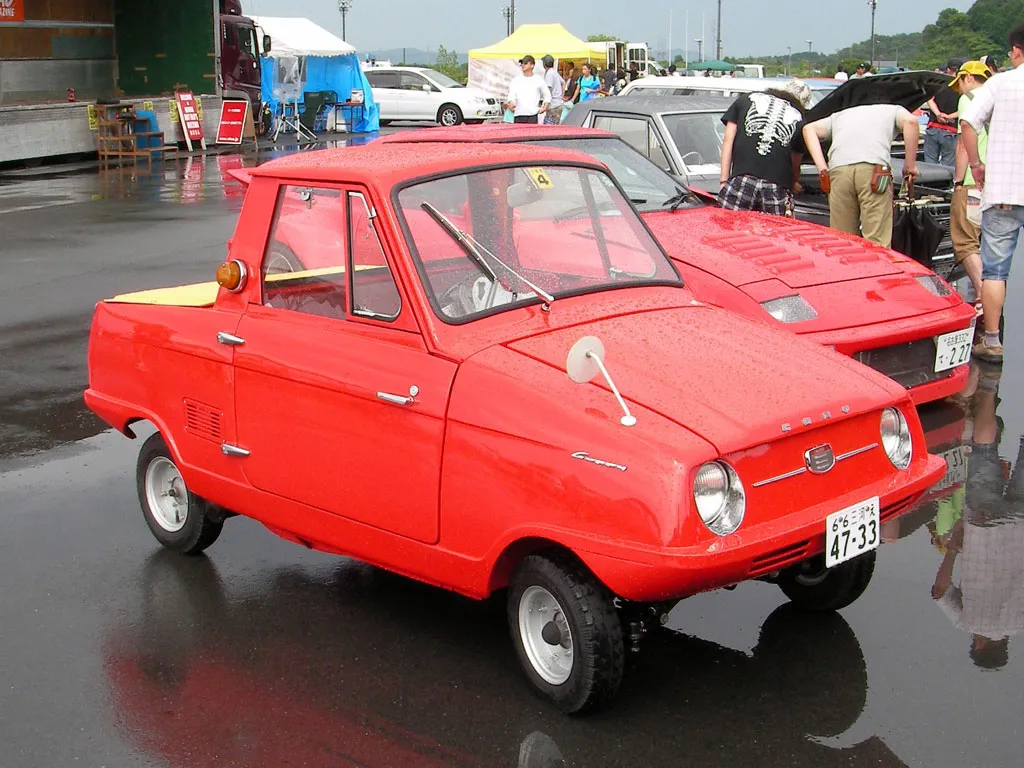
O Guppy presented solutions advanced for the 1960s. It came equipped with four-wheel independent suspension, a rare feature at the time, which provided a smoother and more stable ride. In addition, the vehicle used a transmission continuously variable (CVT), similar to those found in scooters, which made its simple and accessible drivability, even for less experienced drivers.
The engine of the Guppy was strategically positioned under the cargo area, accessed through a small cover in the body. To ensure adequate cooling, small air openings just in front of the rear wheels provided engine ventilation.
In terms of design, the car had peculiarities that reinforced its identity. The tiny tail lights, smaller than a coin, and the excessively large indicators on the B-pillars were some of the distinctive features. The interior, in turn, was as spartan as one could imagine: two “suicide” opening rear doors gave access to a cabin equipped with two seats, a steering wheel and a speedometer that resembled kitchen scales of the time.
The wheels of the Cony Guppy, with only 8 inches, completed the set. This dimension contributed both to their agility and to the performance limitations.
The challenges and the decline
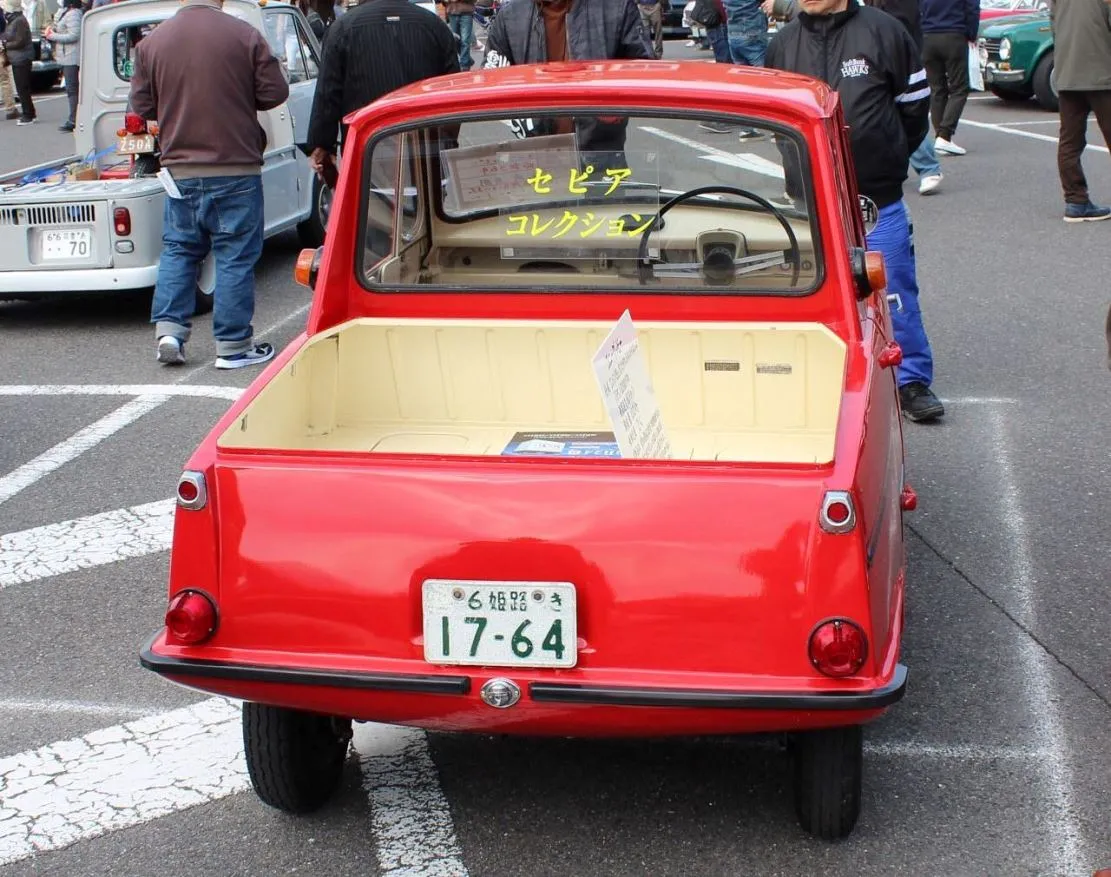
Although it was an innovative idea, the Guppy faced significant problems that compromised their success. Their reduced size It is low weight made the car nervous and unstable on uneven roads, something common in Japan at that time. Many buyers walked away after hearing reports of these difficulties.
These problems, combined with competition from more robust vehicles, led to the end of production of the Cony Guppy in 1963, after the manufacture of only 4,645 units.
The legacy and the successors
Right after the Guppy, Aichi launched the Guppy Sports, one micro sports car two-door roofless. However, the true successor to the Guppy was the Cony 360, a compact utility vehicle that retained the essence of the pickup truck but corrected many of its limitations. The Cony 360 was a considerable success, with more than 100,000 units produced over 10 years.
Today, the Aichi Machine Industry Co. Ltd. remains active, but under the name of Aichikikai. Now, as a wholly owned subsidiary of Nissan, the company is involved in the production of powertrains for electric cars, such as the Nissan Leaf, in addition to other industrial components.
Why does the Cony Guppy still fascinate?
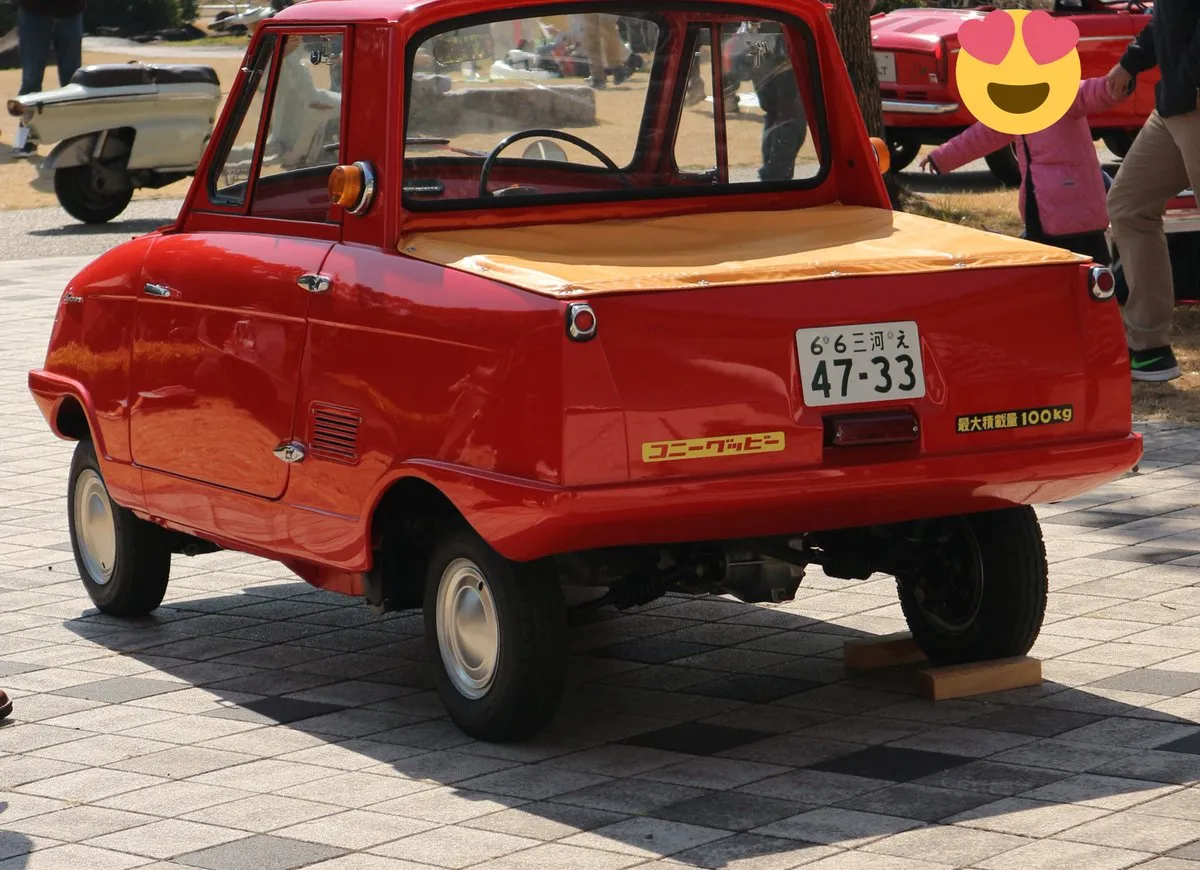
Although it never reached Brazil, the Cony Guppy remains a fascinating vehicle for car enthusiasts. Its combination of compact dimensions, innovative technological solutions and eccentric design makes it a true rarity. Today, finding a Cony Guppy in good condition is almost impossible, and the few remaining models are considered collector's items of very high value.
If you ever get lucky enough to see one of these tiny SUVs at a classic car show, remember that you are looking at a real pioneer in compact design and creative engineering. Although it has been forgotten by many, the Cony Guppy still carries a unique legacy in automotive history.
